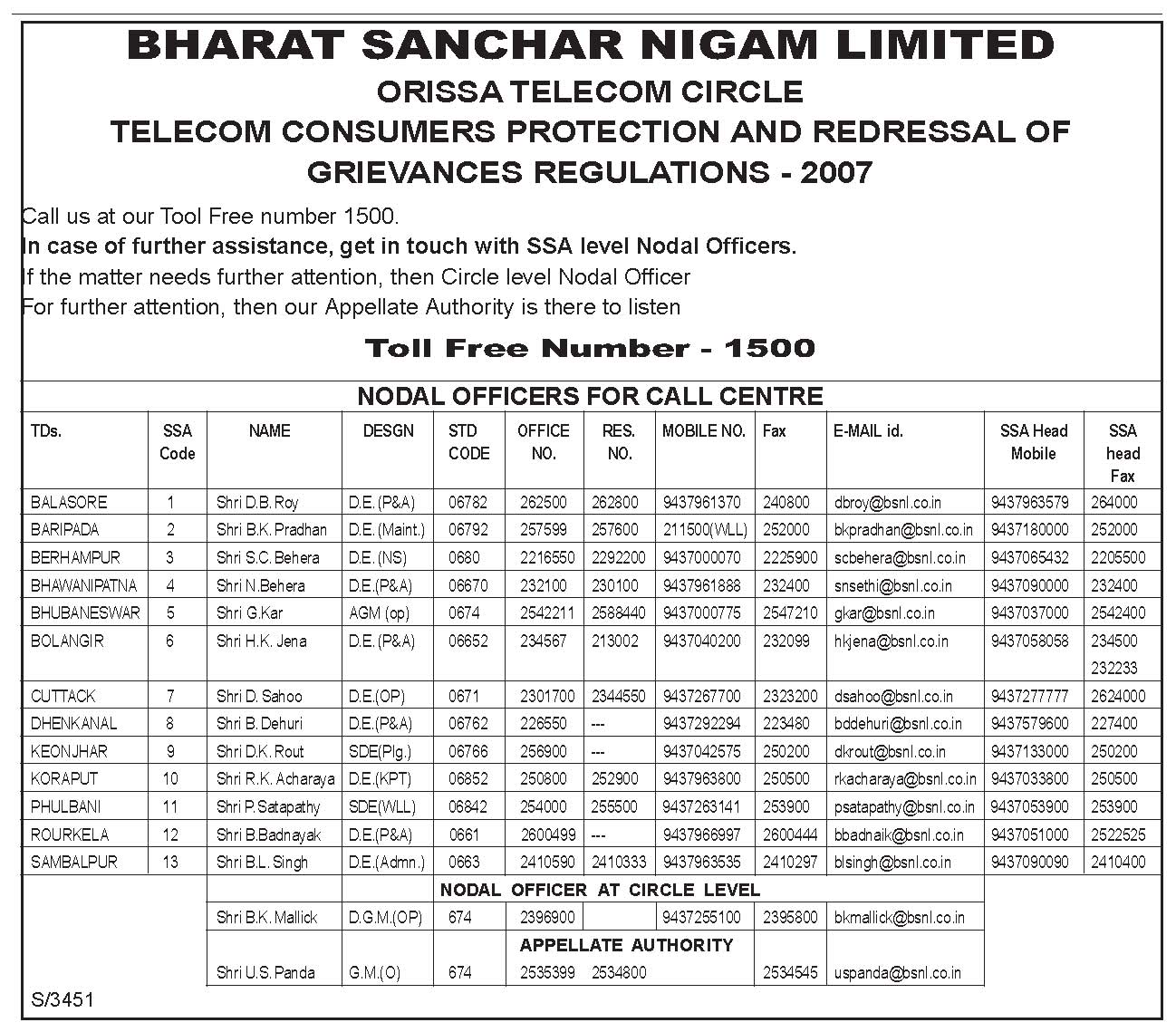Following is a big excerpt from a New Indian Express report on this.
As many as 432 towers are about to be set up in remote areas of the State, where there is no mobile coverage, under the “Mobile Infrastructure Project” rolled out by the Union Department with the help of the Universal Service Obligation Fund (USOF).
The fund has been generated from levy of 5 percent of revenue earned by telecom operators and is to be utilised on propagating affordable telecom services to people in rural and remote areas.
The number is part of the total 7,871 towers planned for India through the ambitious project.
Half of the 432 towers would be complete and operationalised by March 2008.
Telecom majors like BSNL and Reliance Communications Infrastructure Ltd. (RCIL) have shouldered the responsibility in creating the infrastructure for increasing penetration by erecting the towers. The State has been divided into four clusters with BSNL taking charge of the Coastal, Northern and Western Orissa with 316 towers and RCIL to erect the rest 116 in southern Orissa.
Controller of Communication Accounts, Orissa, and project administrator Kamalakanta Panda said the project entailed two parts, one installation of passive infrastructure like erection of towers and equipping it with necessary things and power and the next where service providers would utilise the tower by installing their equipment to provide signals.
The USOF would be extending Rs 1.5 lakh subsidy per site per annum to RCIL and Rs 0.75 lakh to BSNL till five years. “The whole objective is to give increase teledensity in rural areas. It was realised that subsidising only fixed line services would not be effective and hence, was decided to extend it to mobile services. The subsidy would mean an investment of about Rs 100 crore in Orissa over the duration,” Panda said.
Joint Commissioner Kashinath Jha said that at present around 75 percent of Orissa was covered by mobile connectivity. This initiative would increase coverage up to over 95 percent. The rest would be taken care of during implementation of the Phase -II where thrust would be on expansion of broad band connectivity in rural areas. The phase is likely to go underway within six months.

